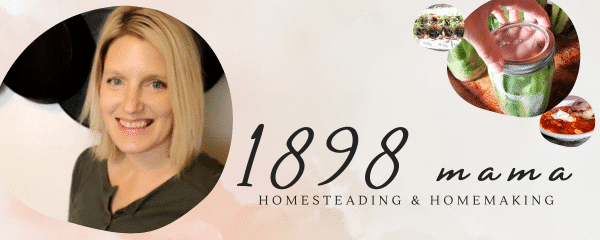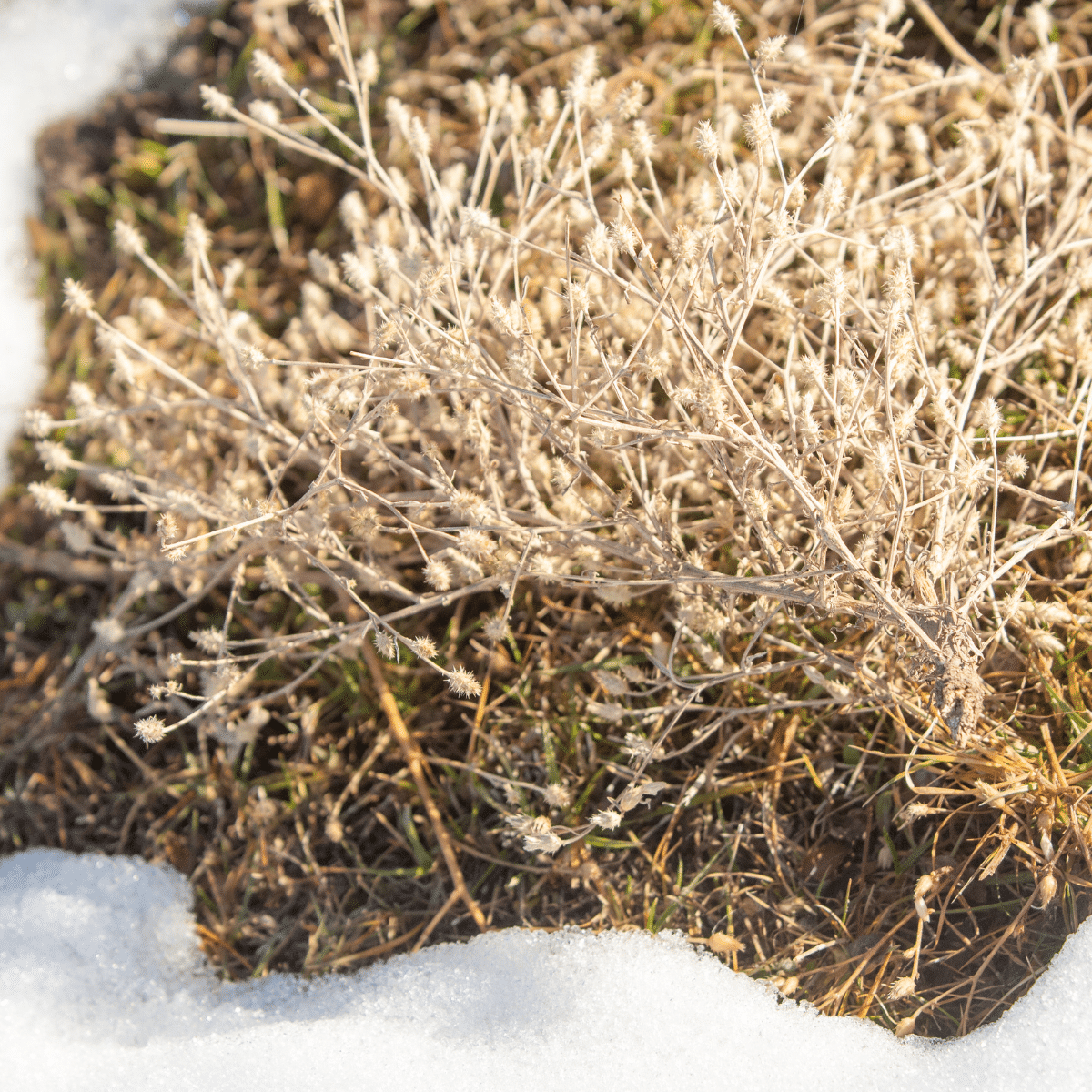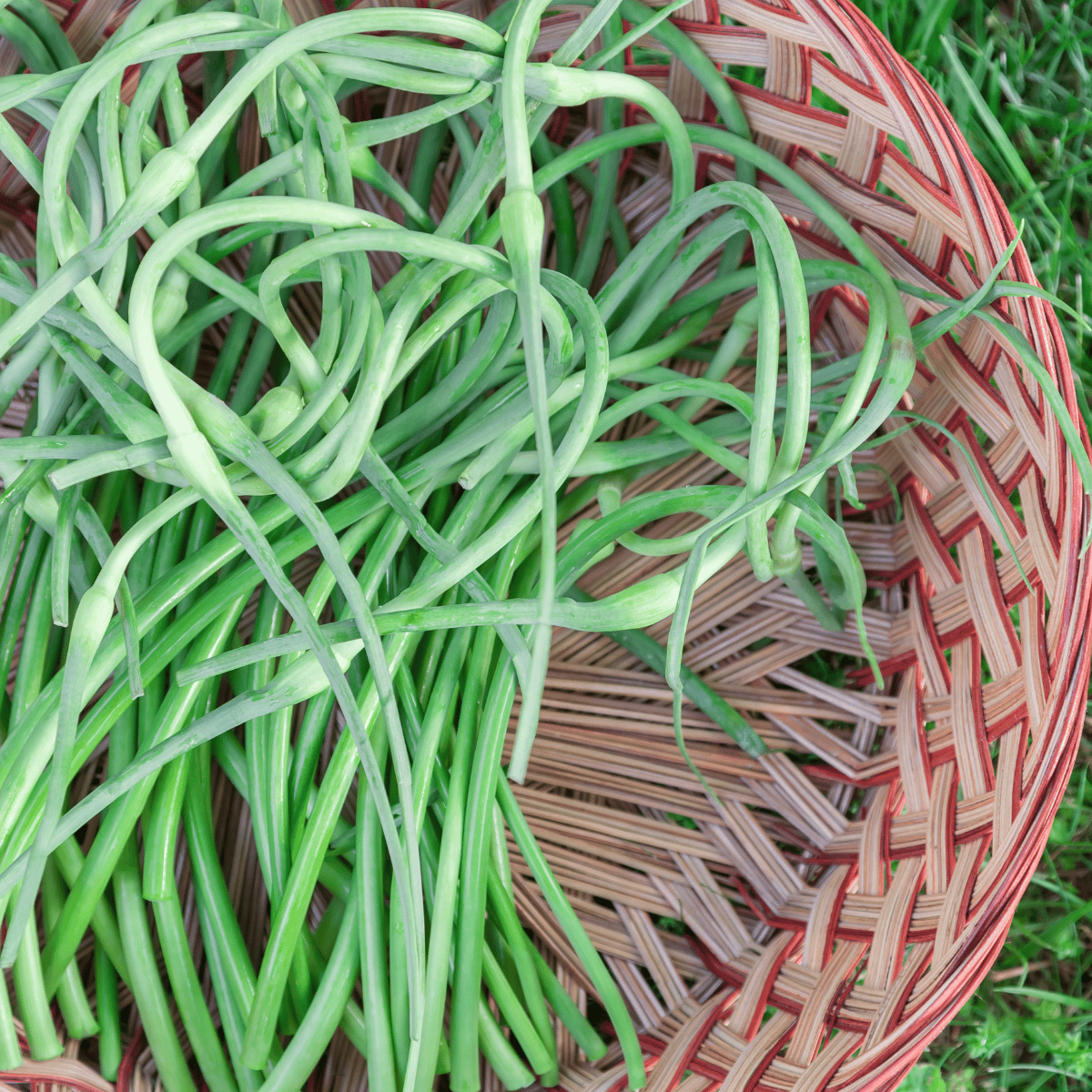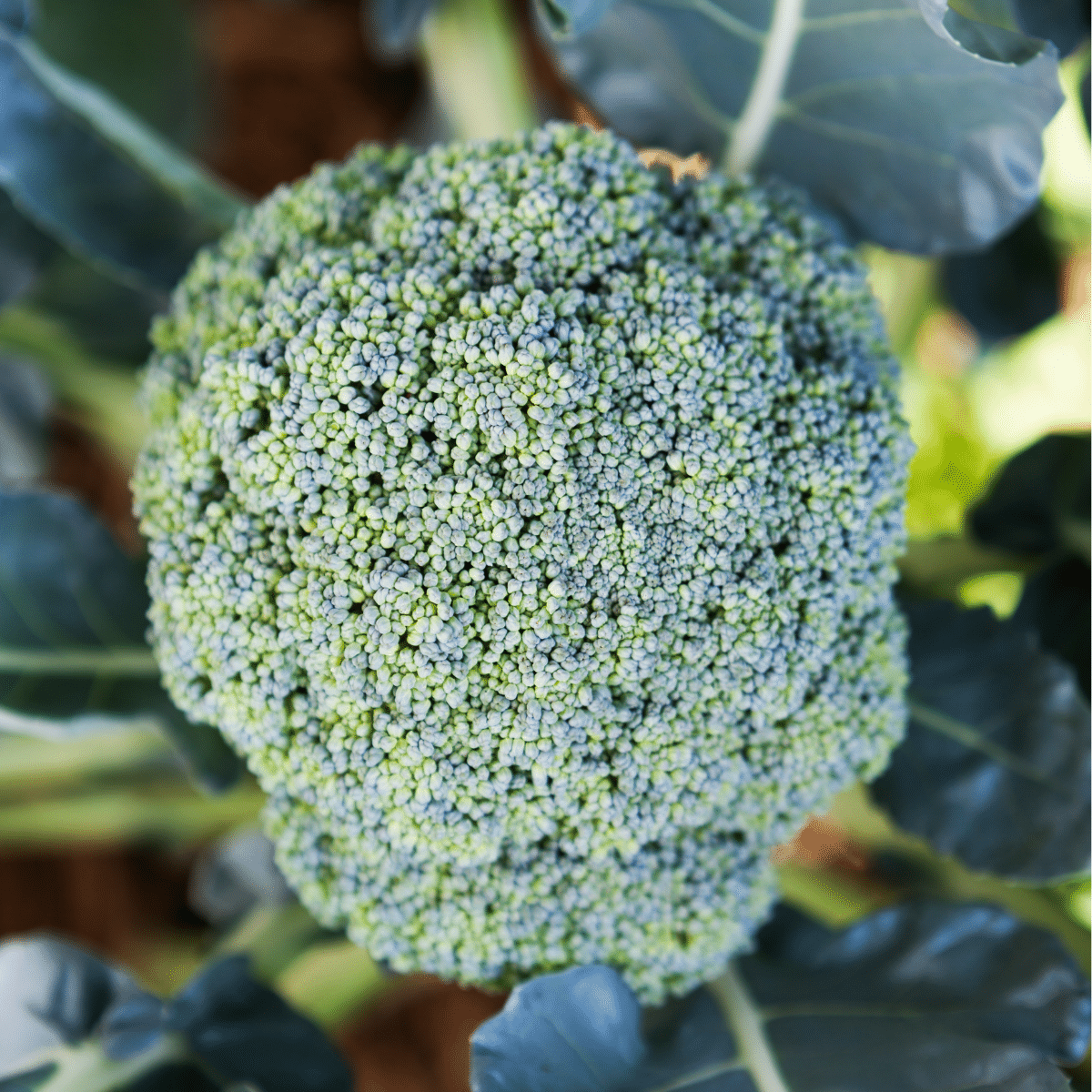The Best Garden Soil for Vegetables
Growing vegetables requires one very important thing that most beginner gardener’s don’t think about. Here’s a guide on how to get the best garden soil for vegetables.

When it comes to vegetable gardening, the most important factor isn’t the timing of planting or the spacing of planting, but rather, what is underground. Soil gives the essential nutrients needed to make or break the success of your vegetable garden. If this is your first year gardening, it is possible that you will be lucky and have healthy soil. However, a good time to start learning about soil health is at the beginning of your gardening journey, to prevent a lot of frustration and heartbreak, especially if you have poor soil.
To get the best garden soil for vegetables, it’s a good idea to figure out what nutrients your specific soil needs to make that perfect balance between all the life going on under the surface. It can only get more confusing when you learn that different vegetables like different types of soil. That’s why this can’t be a “one size fits all” type of answer. Also, not all gardens are the same, therefore, not all soil is the same.
A quick way to judge soil is to look at the color of it. If soil turns lighter brown, it’s a sign that it needs more nutrients. The best soil will be black.
What is Soil?
According to Nature Journal, soil is material composed of five ingredients — minerals, soil organic matter, living organisms, gas, and water. Within those five ingredients, you can break down even further if you want to get more nerdy about it. Those ingredients will determine whether your soil has poor drainage, is a loamy soil, or even if it’s a crumbly soil. This is why learning about your soil is the foundation of a healthy garden. The soil literally determines everything.
There are 4 different types of soil:
- Loamy soil
- Sandy soil
- Clay soil
- Silt soil
Loamy Soil
Loamy soil is the best soil type being a combination of sand, silt and clay. This is the perfect soil gardeners hope for. Loamy soil allows the roots of the vegetables to get a sufficient amount of water and nutrients for their growth and development.
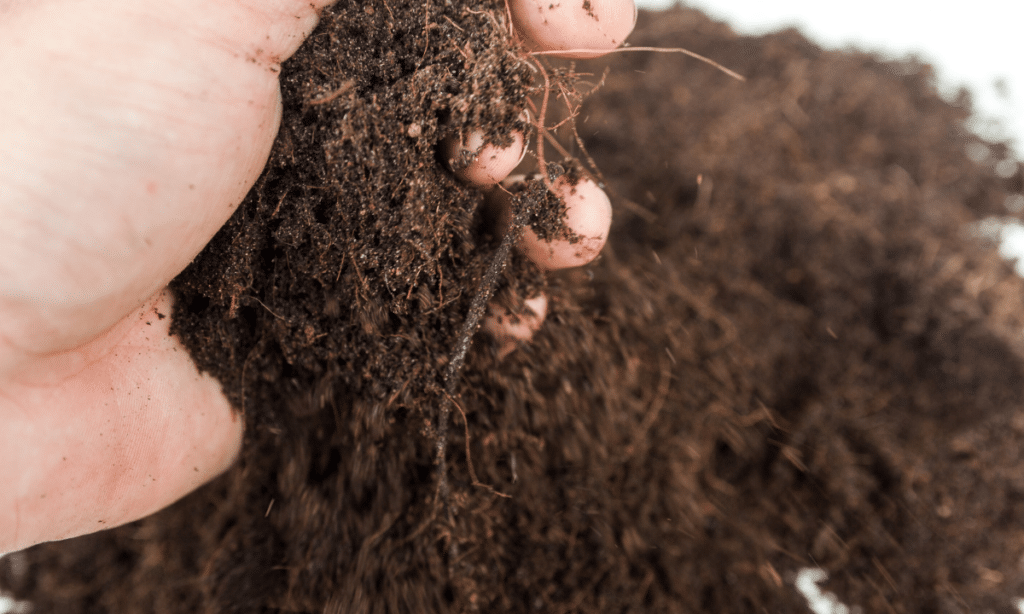
Sandy Soil
Sandy soil is not good for growing vegetables. It consists of small particles of weathered rock causing it to have low nutrients and doesn’t have good moisture retention. Therefore, your vegetables roots won’t absorb water.

Clay Soil
Clay soil is very tightly packed providing little to no airspace. Water retention is great, but air cannot go through it. When vegetables are planted in clay soil, plant roots cannot flourish because of how dense and heavy the soil is.

Silt Soil
Silty soil is made up of rock and other mineral particles, which are smaller than sand and larger than clay. This is the kind of soil that you will find near water sources, such as rivers and lakes. Silt soil is more fertile than other types of soil.
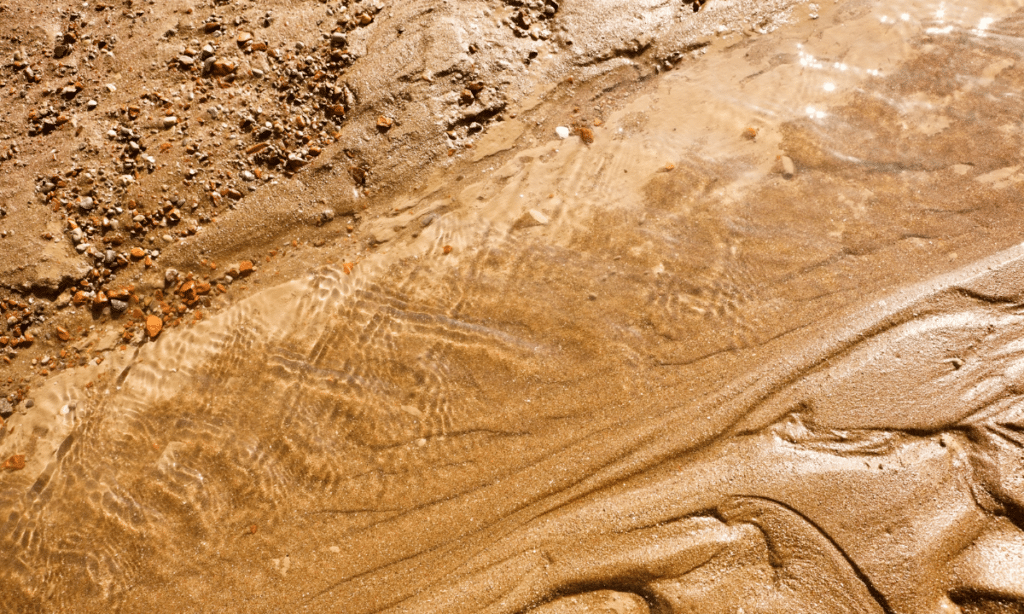
Soil pH
Soil pH is a measurement of the alkalinity or acidity of soil. Measured on a scale of 1-14, with 7 as the neutral mark. The ideal range for most plants is between 6.2–7. However, there are some plants that prefer pH outside of that range. To test your soil pH, use a soil test kit. If your vegetables are looking stressed, discolored, or not growing like you hope, the soil pH is the first thing that should be looked at. Exact ph requirements can be found for specific plants by a simple google search.
Soil pH can be changed easily, it just takes time. Basically, the pH of acidic soil is raised by adding lime and the pH of alkaline soil is lowered by adding some form of sulfur. How much to add depends on your current soil pH level, the texture of your soil (clay, sand, humus) and what you will be growing.
Testing Your Garden’s Soil
The easiest way figure out the type of soil and for the best results, have a lab do all the work for you. Logan Lab’s is a wonderful resource for this. If you don’t want to send your soil off to a lab for testing though, there is something else you can do to get an idea of what kind of soil you have. This won’t be quite as scientific or accurate as to what Logan Labs will be able to tell you, but it will give you some direction.
To get an idea of your soil type:
- Dig to a depth of just about 6 inches in the soil. Then, place a large amount of soil into a glass jar about halfway.
- After you’ve gathered the soil, fill the jar halfway with water and stir it well.
- Wait for the mix to settle
- Sand will settle down, clay will float on the surface, and silt will form a barrier between the two.
Best Garden Soil for Vegetables
Are you ready to improve your garden’s soil now? In order to get nutrient-rich soil, adding organic material, such as compost and organic fertilizer may be necessary. If you tested the soil in your garden, you will see exactly what soil amendments need to be made. The best vegetable garden soil is best amended in the fall after your growing season is done, allowing the amendments plenty of time to break down before planting time. Remember though, adding too many things into your natural soil at once is not a good thing.
Soil Improvements
These are common ways to amend soil for the best garden soil for vegetables:
- Yard waste: Things such as leaves, grass clippings, or even straw can be thrown on a garden site before winter, giving it plenty of time to decompose
- Animal manures: Composted manure from farm animals such as chickens, cows, horses, sheep, goats, llamas is best added after your growing season. Be sure to use trusted manure that isn’t contaminated with herbicides and that the manure has aged at least one year.
- Compost: Compost can level up your soil. Learn how to start your own compost pile at home here. Before planting season, I like to add a 1-2 inch layer of compost for added nutrients.
- Cover crops: Oats, rye, or clover can be planted after the garden season for some added trace nutrients. The root growth is also great for adding good air circulation into soil.
This post contains affiliate links, which means I make a small commission at no extra cost to you. See my full disclosure here.
Raised Garden Bed
If you cannot seem to get a good soil no matter how hard you try, a raised garden bed might be necessary. When building a new raised bed garden, try and fill it about 1/3 each of compost, coarse sand, and top soil.
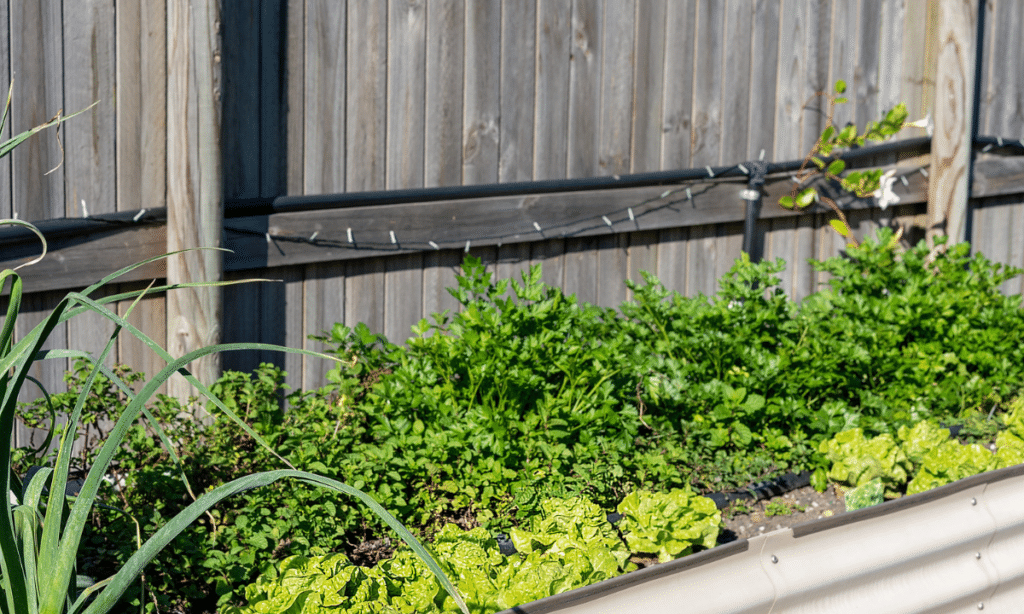
Books to Read to Learn More About Best Garden Soil for Vegetables:
- The Intelligent Gardener: Growing Nutrient-Dense Food by Steve Solomon
- The Art of Balancing Soil Nutrients: A Practical Guide to Interpreting Soil Tests by William McKibben
- The Regenerative Grower’s Guide to Garden Amendments by Nigel Palmer
Save Best Garden Soil for Vegetables Post For Later:
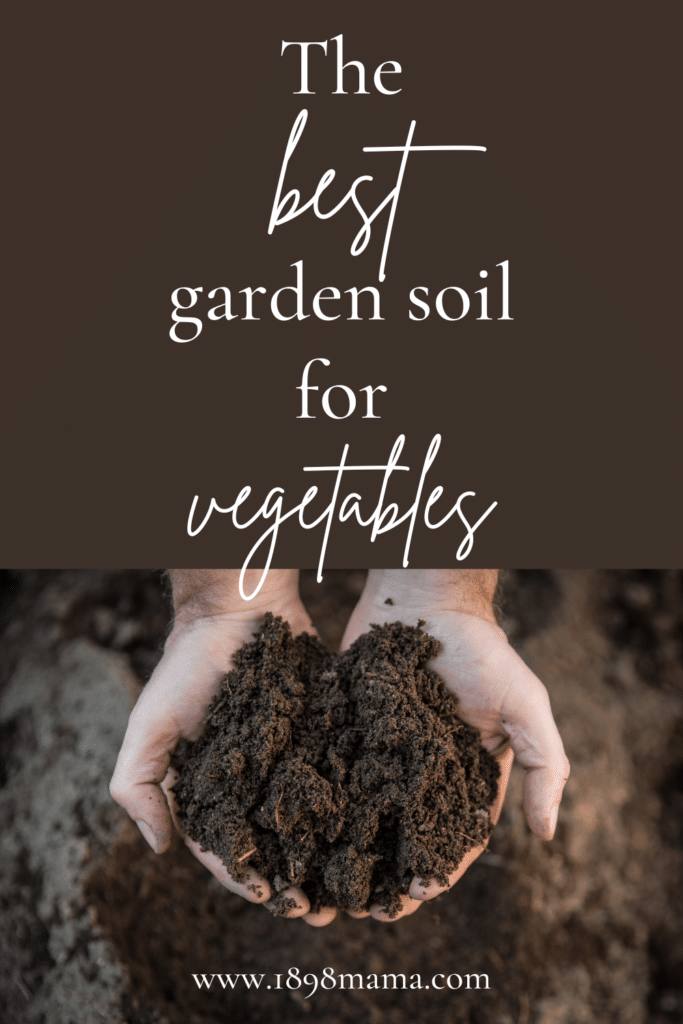
This post may contain affiliate links which I would receive a small commission at no additional cost to you. Please read disclaimer and privacy policy for full disclosure.
